 PA Media
PA MediaThere is one sure sign that the Scottish National Party is about to meet for its annual conference.
Around this time each year, there is always renewed emphasis on the goal of independence from the party’s leadership.
And right on cue, the SNP leader and First Minister John Swinney published another Scottish government paper this week promising a “fresh start” for Scotland should it become an independent country.
It’s useful for the SNP leadership to show those gathering in Aberdeen for the party’s 91st annual get-together that their primary cause has not been forgotten.
In truth, the party is completely stuck on how to establish a viable route to Scottish statehood.
That is a source of frustration to many in the SNP and should result in a lively debate on independence strategy at conference later.
 PA Media
PA MediaWhatever is decided, there is unlikely to be any movement towards independence unless the SNP retains power at Holyrood.
That looked to be in serious doubt a year ago when Labour swept to power at Westminster having comprehensively defeated the SNP in a national election for the first time in 14 years.
Three things have changed since then.
Swinney has stabilised the SNP, Labour’s popularity has slumped and the rise of Reform UK appears to have widened the SNP’s pathway to what would be an incredible fifth term in office.
When John Swinney took over as first minister following the resignations in quick succession of Nicola Sturgeon and Humza Yousaf he inherited a party in turmoil.
He has proved to be a steadying force.
He quickly calmed controversies over gender identity, the environment and the police investigation into SNP finances which has led to the prosecution of the party’s former chief executive Peter Murrell.
 PA Media
PA MediaIf that was phase one of his leadership, phase two was to focus the Scottish government on priorities like improving public services. In short, to try to make a noticeable difference for the public.
One ally of the first minister sums up this approach as “stop digging, get delivering”.
Swinney might highlight scrapping peak rail fares, signs of a reduction in child poverty and the decision to lift the two child limit on access to benefits (whether or not the UK government does the same) as examples of progress.
The SNP’s political opponents would point to persistent long waits on the NHS, cuts to college budgets and the emergency release of prisoners from overcrowded jails as evidence of failure.
Among other challenges to be confronted by whoever is in charge, repeated warnings from financial watchdogs that levels of social spending in Scotland are unsustainable.
There also appears to have been a decline in trust in the Scottish government to work in Scotland’s best interests in recent years, according to the latest social attitudes survey for 2023.
All of this will feature in the pre-election arguments to come.
 Getty Images
Getty ImagesLabour insists that Scotland can take a “new direction” by ousting the SNP and ushering in a Labour-led government with Anas Sarwar as first minister.
Labour’s trouble is that their 2024 momentum did not last long after Sir Keir Starmer stepped into Number 10. The unpopularity of the prime minister and the UK government seems to have dragged Scottish Labour down.
Opinion polls suggest the SNP has a double digit lead over Labour, with Reform UK nipping at their heels, having pushed the Conservatives into fourth place.
The SNP appears far less popular than it was five years ago and the rise of Reform UK seems to be fragmenting support for unionist parties.
That could mean the principal party of Scottish independence is still well placed to overcome divided opposition in constituencies across the country and finish as the largest party nationwide.
There is nothing definitive about these polls and seven months of campaigning could produce a different outcome.
Remember that against widespread expectations, Labour beat the SNP in the Hamilton, Larkhall and Stonehouse by-election earlier this year.
 PA Media
PA MediaThe Tories hope their calls for cuts in public spending, regulation and taxation will distinguish them from their left-leaning rivals and help them persuade traditional supporters not to switch to Reform UK.
While Nigel Farage’s party has focused on reducing immigration and more oil and gas exploitation, these are both policy areas outwith Holyrood’s control.
One hope for the SNP’s opponents is that they can rally anti-SNP support behind whichever party appears best placed to beat them in each local area. That has had limited success in the past.
As independence is more popular than the SNP at the moment, part of Swinney’s strategy will be to entice at least some lapsed SNP voters back.
That will mean a bit more talk of independence – a cause for which Swinney has been campaigning since he was 15.
With such political experience he will sense that to many within and beyond the SNP, independence seems like something of a political mirage at the moment.
The UK Supreme Court has ruled that any future referendum would need the consent of the UK government and Sir Keir Starmer has made clear he has no intention of enabling a vote during his time in power.
In a key conference debate on Saturday, Swinney will argue that the “only uncontested route” to another referendum is for the SNP to win an overall majority of seats in the Holyrood election next May.
That was what persuaded then Prime Minister David Cameron to agree to the 2014 referendum – and the first minister thinks a similar outcome would force the current PM to budge.
‘Mandate to deliver independence’
Then there are those who think a more radical approach is required. That the SNP should treat the 2026 election as if it were a referendum.
In other words, if independence supporting parties secure more than 50% of the votes in the Holyrood list ballot that should be considered as a “mandate to deliver independence”.
It’s not clear what that means. Seeking to negotiate with the UK government? Unilaterally declaring independence and daring the UK to block it? Or something else?
It is an approach that would not be regarded as legitimate by parties that favour continued union.
The Conservatives, Labour, the Liberal Democrats and Reform UK would reject it on the basis that elections are about so much more than the single issue of independence.
This is a debate Swinney’s team expect to win at conference. Their question is by how much? They will want it to be by the widest possible margin to avoid damaging his authority.
One elected politician arguing the alternative case predicted a “wee gem” of a debate where the leadership would need to work harder than usual to get their way.
Whether the SNP focus on trying to achieve a majority of votes for all independence supporting parties (including the Greens and Alba) or a majority of Holyrood seats for themselves, these are both very high bars to clear.
The SNP also needs to be careful about pushing independence too hard.
While it remains a popular policy with a large minority of voters it is not necessarily a priority for all those who support it.
When asked to identify their key concerns in one recent survey, those asked identified the NHS, the cost of living and immigration as their top three.
 The Scottish government
The Scottish governmentSo what else can we expect from this conference?
It seems to me that Swinney has been working hard to develop an image for himself not just as a first minister but also as a potential statesman.
Think meetings with Donald Trump in both Scotland and at the White House, statements at Holyrood on Ukraine and Gaza and a forthcoming visit to Africa.
I imagine there will be some reference to Swinney’s international engagement, not least because the newly recognised Palestinian ambassador to the UK is due to address conference.
It’s worth remembering that Swinney took over as first minister midway through a parliamentary term secured on a manifesto signed off by Nicola Sturgeon.
Yes, they were close. He was her deputy in government.
But this conference, particularly his keynote speech on Monday, is an opportunity for Swinney to put his own stamp on things.
Expect him to set out more clearly who he is and what a Swinney government less bound by previous pledges would seek to do. There will obviously be continuity but perhaps some elements of change too.
Will that be worthy description as a third phase of his leadership? Let’s see.

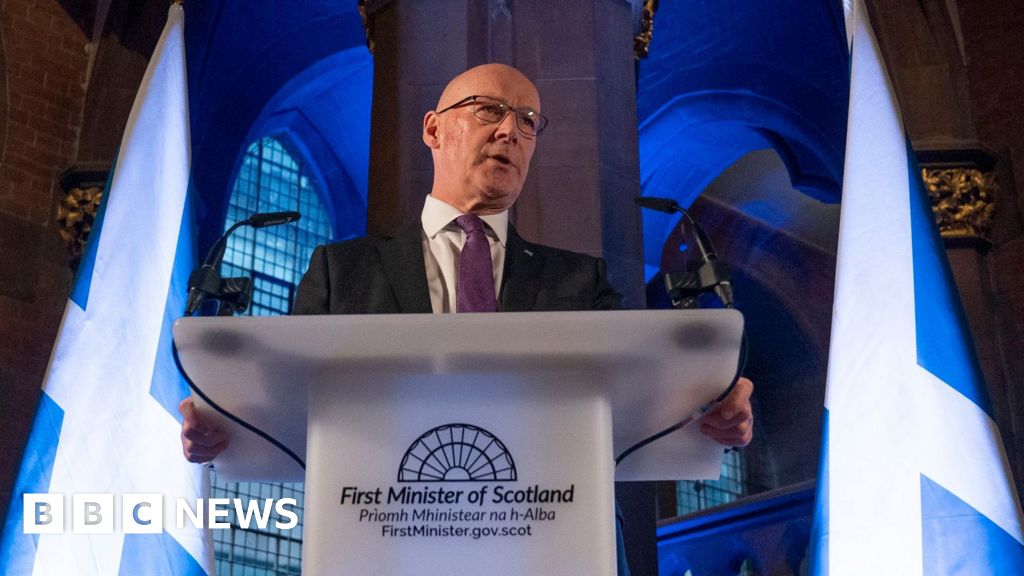



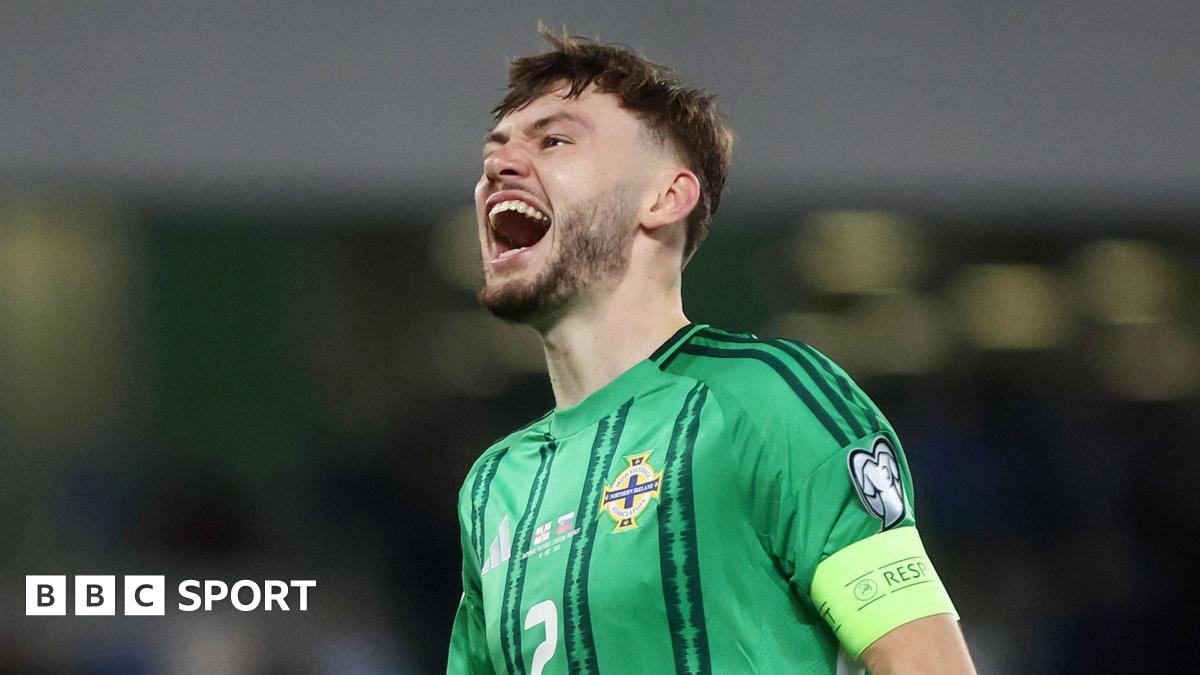
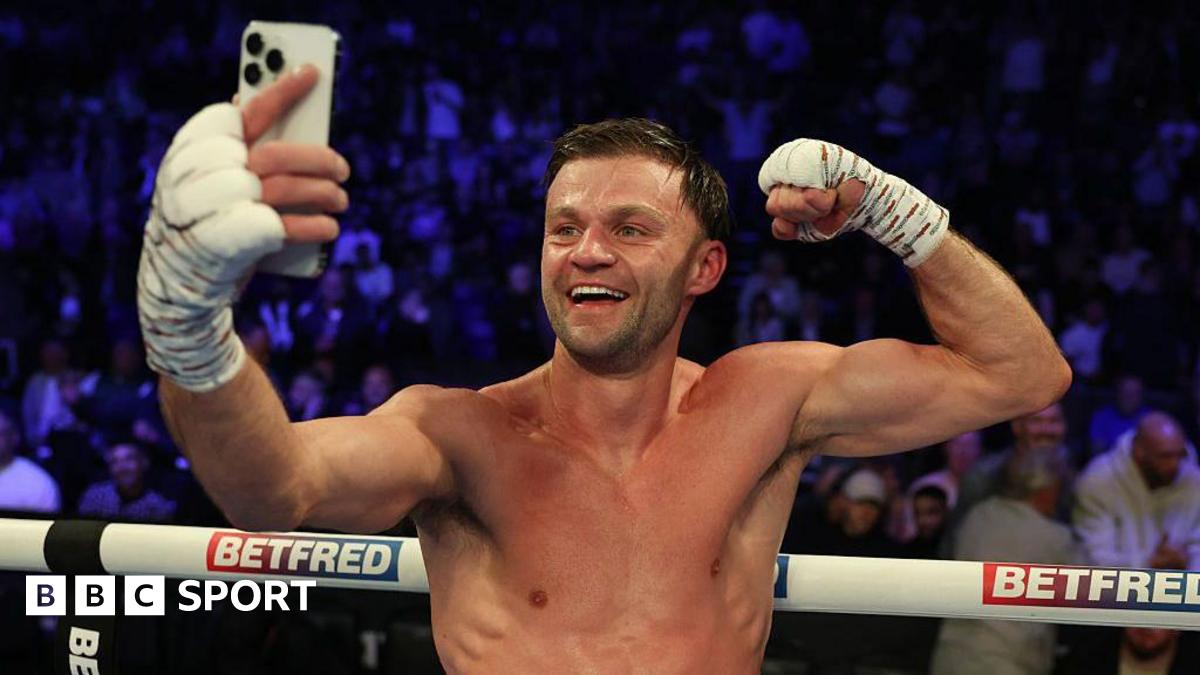
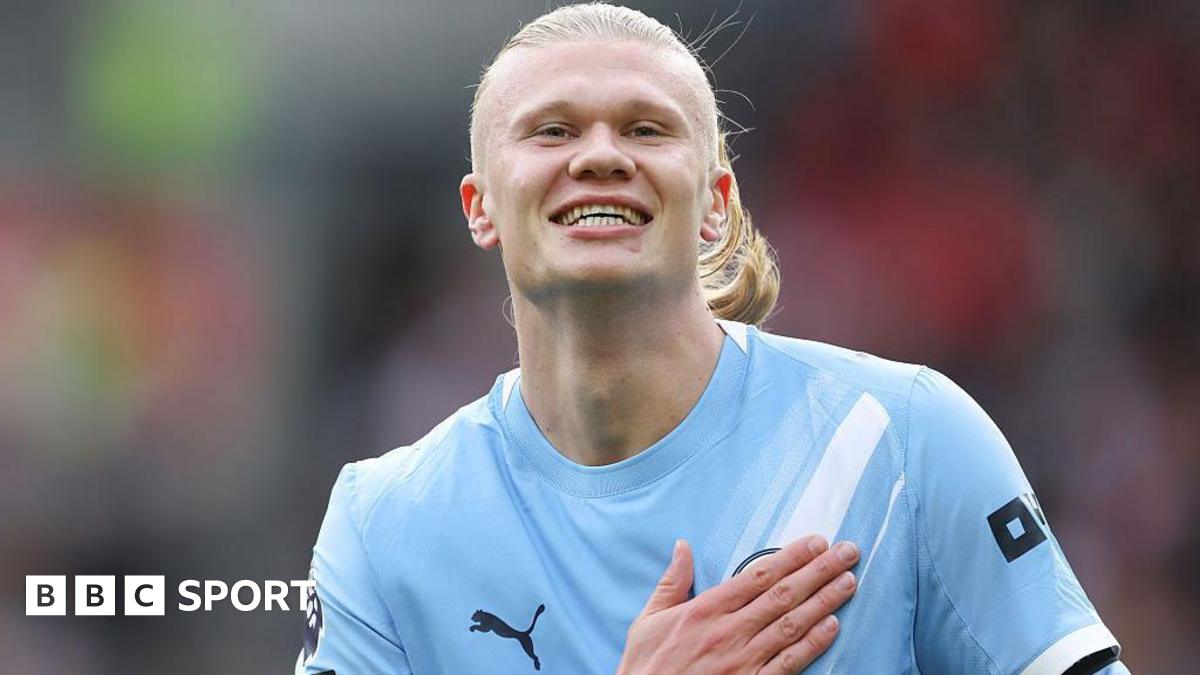
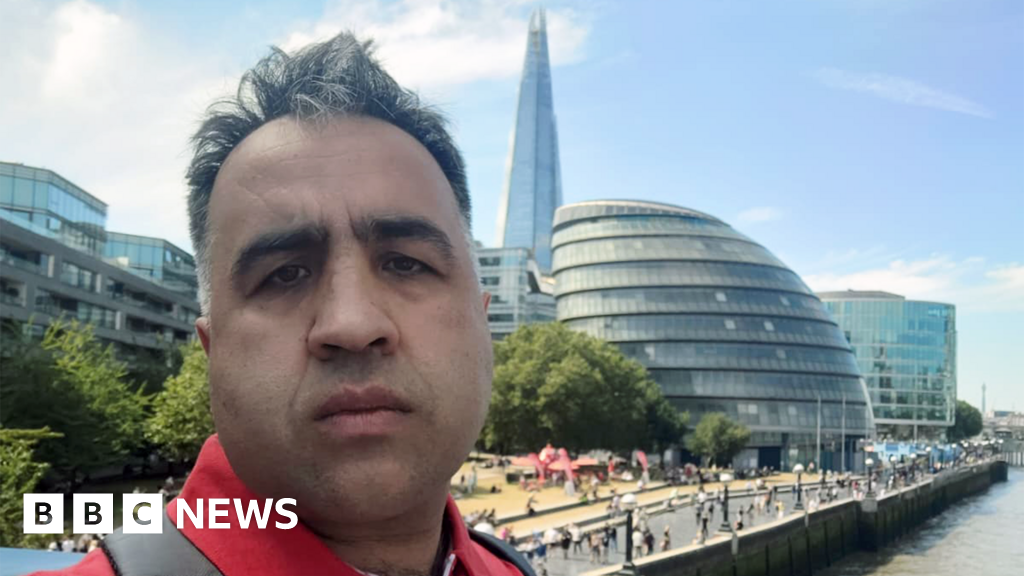
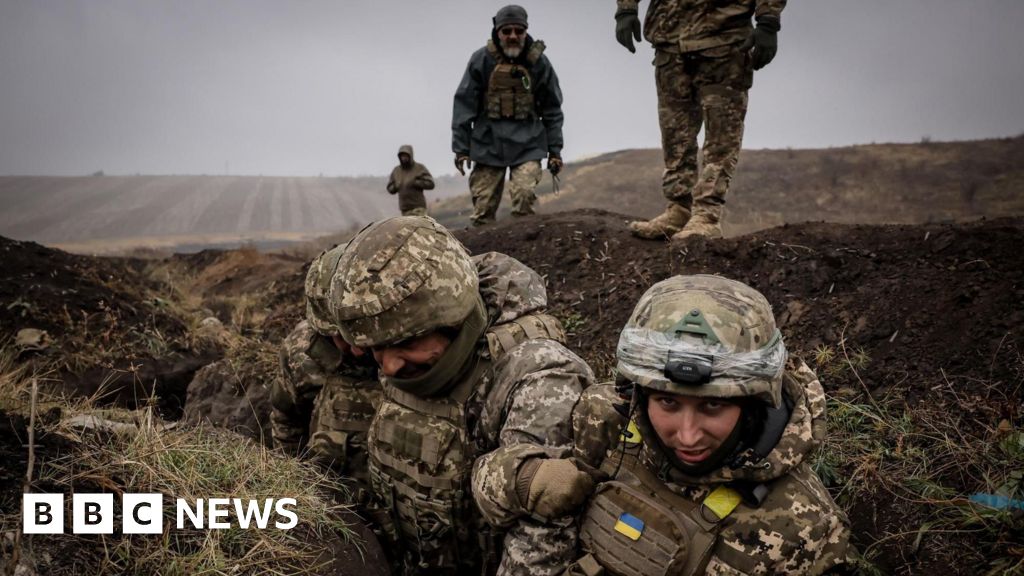
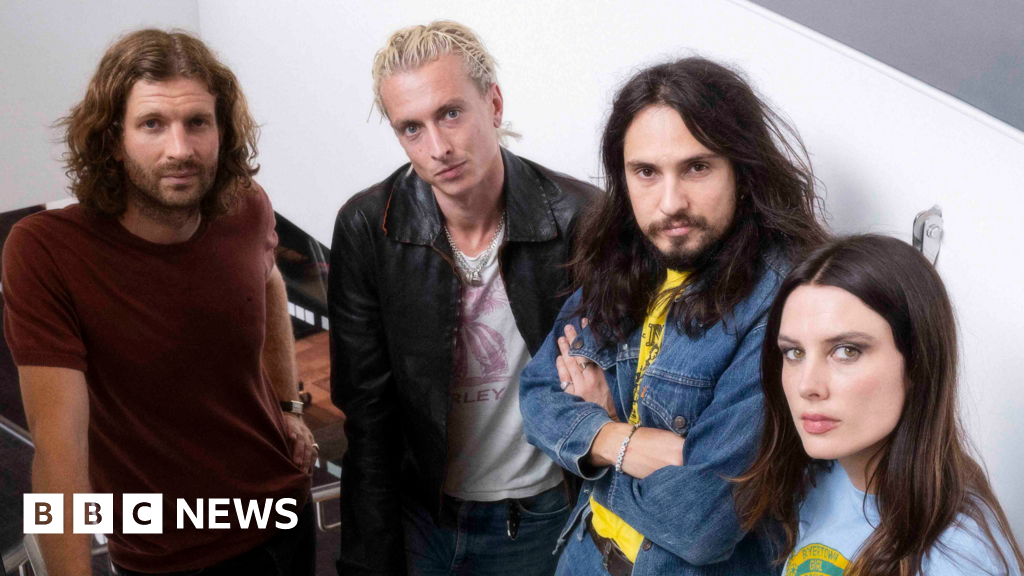

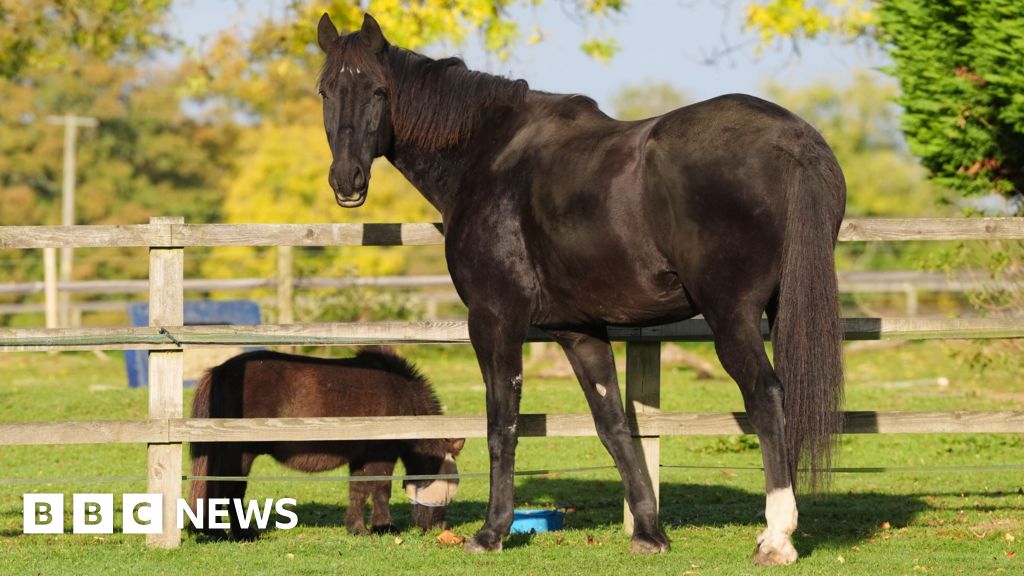


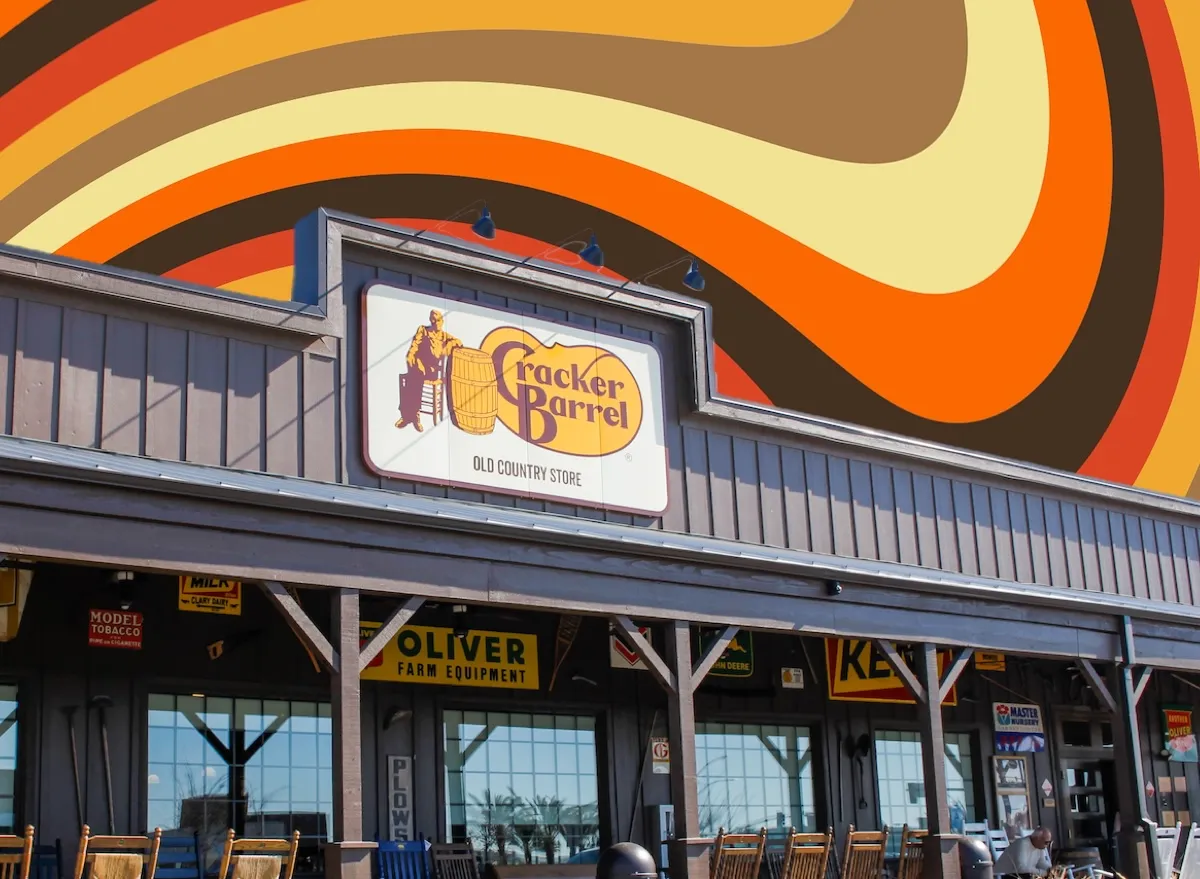
Leave a Reply